Physical Properties of High-Rank Coal Reservoirs and the Impact on Coalbed Methane Production
Abstract
:1. Introduction
2. Geological Setting
3. Experimental and Methods
3.1. Samples
3.2. Experiments
3.3. Evaluation of Fractal Dimension
- Vm, the volume of mercury input;
- D, the fractal dimension;
- R, the aperture;
- C, a constant.
3.4. Structural Curvature
- K, the curvature value;
- Z, elevation of coal seam floor, Z = f(x,y).
3.5. The Gray Correlation Analysis Method
3.5.1. Determine the Comparison Sequence and Reference Sequence
3.5.2. Dataization of Variables
3.5.3. Calculate Correlation Coefficient
3.5.4. Calculate Correlation Degree
4. Results and Discussion
4.1. Physical Characteristics of Coal Reservoirs in the Research Area
4.1.1. Reservoir Pore Characteristics
4.1.2. Reservoir Fracture Characteristics
4.1.3. Permeability Characteristics
4.1.4. Reservoir Pressure Characteristics
4.1.5. Reservoir Adsorption Characteristics
4.2. Characteristics of Coalbed Methane Production Capacity in the Research Area
4.3. The Influence of Reservoir Physical Properties on Coalbed Methane Production
4.3.1. The Impact of Pore and Fracture Structures on Productivity
4.3.2. The Impact of Gas-Bearing Characteristics of Reservoirs on Productivity
4.3.3. The Impact of Permeability Characteristics on Production Capacity
4.3.4. The Ratio of Critical Desorption Pressure to Reservoir Pressure
4.4. Other Factors Affecting Production Capacity
4.4.1. Construction Conditions
4.4.2. Production Strategy
4.5. Gray Correlation Analysis
4.6. Comprehensive Evaluation of CBM Development Effect
5. Conclusions
- (1)
- The micropores in high-rank coal seams are well-developed, while the macropores and mesopores (exogenous fractures) are underdeveloped. The coal seam has obvious reservoir characteristics of high gas adsorption and low permeability. The 3# coal seam is mostly located in the stress-sensitive permeability zone, and its permeability is significantly affected by the burial depth of the coal seam.
- (2)
- The fractal characteristics of coal seam pores and fractures can reflect the permeability characteristics of the reservoir. The fractal dimension of the micropores is relatively high, while the fractal dimension of the macropores and mesopores (exogenous fractures) is relatively small. The permeability is positively correlated with macropores (exogenous fractures) and mesopores, and negatively correlated with micropores.
- (3)
- Gas content, burial depth, and porosity are the main factors affecting productivity under the physical properties of high-rank coal reservoirs. Based on gray relational analysis, the coalbed methane production capacity in the study area was evaluated, dividing the research area mainly into a high-yield area, a medium-yield area, and a low-yield area.
Author Contributions
Funding
Data Availability Statement
Conflicts of Interest
References
- Zhang, B.; Li, W.; Wang, G. Analysis of Coalbed Methane Production Characteristics and Influencing Factors of No. 15 Coal Seam in the Shouyang Block. Processes 2023, 11, 3269. [Google Scholar] [CrossRef]
- Wang, G.; Xie, Y.; Chang, H. Characteristics and Geological Impact Factors of Coalbed Methane Production in the Taiyuan Formation of the Gujiao Block. Processes 2023, 11, 2000. [Google Scholar] [CrossRef]
- Liu, L.; Jin, C.; Li, L. Coalbed methane adsorption capacity related to maceral compositions. Energy Explor. Exploit. 2020, 38, 79–91. [Google Scholar] [CrossRef]
- Sun, B.; Zeng, F.; Moore, T.A. Geochemistry of two high-lithium content coal seams, Shanxi Province, China. Int. J. Coal Geol. 2022, 260, 104059. [Google Scholar] [CrossRef]
- Zhang, X.D.; Du, Z.G.; Li, P.P. Physical characteristics of high-rank coal reservoirs in different coal-body structures and the mechanism of coalbed methane production. Sci. China Earth Sci. 2017, 60, 246–255. [Google Scholar] [CrossRef]
- Yao, Y.B.; Liu, D.M. Comparison of low-field NMR and mercury intrusion porosimetry in characterizing pore size distributions of coals. Fuel 2012, 95, 152–158. [Google Scholar] [CrossRef]
- Song, Y.; Jiang, B.; Qu, M. Macromolecular evolution and structural defects in tectonically deformed coals. Fuel 2019, 236, 1432–1445. [Google Scholar] [CrossRef]
- Li, L.; Liu, D.; Cai, Y. Coal structure and its implications for coalbed methane exploitation: A review. Energy Fuels 2020, 35, 86–110. [Google Scholar] [CrossRef]
- Yao, Y.B.; Liu, D.M.; Che, Y.; Tang, D.Z.; Tang, S.H.; Huang, W.H. Petrophysical characterization of coals by low-field nuclear magnetic resonance (NMR). Fuel 2010, 89, 1371–1380. [Google Scholar] [CrossRef]
- Li, Y.; Wang, Z.; Tang, S. Re-evaluating adsorbed and free methane content in coal and its ad-and desorption processes analysis. Chem. Eng. J. 2022, 428, 131946. [Google Scholar] [CrossRef]
- Duan, H.; Ma, Y.; Wang, J. Coal Structure Characteristics of the 2# Coal Seam in the Jiaozuo Mining Area and Its Geological Dependence. ACS Omega 2023, 8, 39242–39249. [Google Scholar] [PubMed]
- Tao, S.; Chen, S.D.; Tang, D.Z.; Zhao, X.; Xu, H.; Li, S. Material composition, pore structure and adsorption capacity of low-rank coals around the first coalification jump: A case of eastern Junggar Basin, China. Fuel 2018, 211, 804–815. [Google Scholar] [CrossRef]
- Wang, T.; Deng, Z.; Hu, H. Pore structure of deep coal of different ranks and its effect on coalbed methane adsorption. Int. J. Hydrogen Energy 2024, 59, 144–158. [Google Scholar] [CrossRef]
- Yan, J.; Meng, Z.; Zhang, K. Pore distribution characteristics of various rank coals matrix and their influences on gas adsorption. J. Pet. Sci. Eng. 2020, 189, 107041. [Google Scholar] [CrossRef]
- Sun, B.; Shao, Y.; Gao, Z. Coalbed methane enrichment characteristics and exploration target selection in the zhuozishan coalfield of the western Ordos Basin, China. ACS Omega 2022, 7, 43531–43547. [Google Scholar] [CrossRef] [PubMed]
- Shen, J.; Li, K.; Zhang, H. The geochemical characteristics, origin, migration and accumulation modes of deep coal-measure gas in the west of Linxing block at the eastern margin of Ordos Basin. J. Nat. Gas Sci. Eng. 2021, 91, 103965. [Google Scholar] [CrossRef]
- Guo, Z.; Cao, Y.; Zhang, Z. Geological controls on the gas content and permeability of coal reservoirs in the Daning Block, Southern Qinshui Basin. ACS Omega 2022, 7, 17063–17074. [Google Scholar] [CrossRef] [PubMed]
- Wang, Z.; Wang, G.; Hao, C. Chemical structure and hydrocarbon generation characteristics of tectonic coal with different metamorphic degrees: Implications for gas adsorption capacity. Gas Sci. Eng. 2023, 112, 204949. [Google Scholar] [CrossRef]
- Wei, Q.; Li, X.; Zhang, J. Full-size pore structure characterization of deep-buried coals and its impact on methane adsorption capacity: A case study of the Shihezi Formation coals from the Panji Deep Area in Huainan Coalfield, Southern North China. J. Pet. Sci. Eng. 2019, 173, 975–989. [Google Scholar] [CrossRef]
- Wang, Y.; Xie, H.; Chen, S. Petrophysical and Mechanical Properties of Complex Structure Coalbed Methane Reservoir: A Laboratory Investigation. Rock Mech. Rock Eng. 2023, 56, 69–87. [Google Scholar] [CrossRef]
- Cai, Y.; Li, Q.; Liu, D. Insights into matrix compressibility of coals by mercury intrusion porosimetry and N2 adsorption. Int. J. Coal Geol. 2018, 200, 199–212. [Google Scholar] [CrossRef]
- Lu, G.; Wei, C.; Wang, J. Influence of pore structure and surface free energy on the contents of adsorbed and free methane in tectonically deformed coal. Fuel 2021, 285, 119087. [Google Scholar] [CrossRef]
- Zhao, J.L.; Xu, H.; Tang, D.Z.; Mathews, J.P.; Li, S.; Tao, S. A comparative evaluation of coal specific surface area by CO2 and N2 adsorption and its influence on CH4 adsorption capacity at different pore sizes. Fuel 2016, 183, 420–431. [Google Scholar] [CrossRef]
- Tao, S.; Zhao, X.; Tang, D.Z.; Deng, C.M.; Meng, Q.; Cui, Y. A model for characterizing the continuous distribution of gas storing space in low-rank coals. Fuel 2018, 233, 552–557. [Google Scholar] [CrossRef]
- Hou, X.; Zhu, Y.; Wang, Y. Experimental study of the interplay between pore system and permeability using pore compressibility for high rank coal reservoirs. Fuel 2019, 254, 115712. [Google Scholar] [CrossRef]
- Lan, Y.; Davudov, D.; Moghanloo, R.G. Interplay between permeability and compressibility in shale samples. J. Pet. Sci. Eng. 2017, 159, 644–653. [Google Scholar] [CrossRef]
- Zhang, J.; Chu, X.; Wei, C. Review on the application of low-field nuclear magnetic resonance technology in coalbed methane production simulation. ACS Omega 2022, 7, 26298–26307. [Google Scholar] [CrossRef] [PubMed]
- Zhang, J.; Wei, C.; Ju, W. Stress sensitivity characterization and heterogeneous variation of the pore-fracture system in middle-high rank coals reservoir based on NMR experiments. Fuel 2019, 238, 331–344. [Google Scholar] [CrossRef]
- Guo, Z.; Zhao, J.; You, Z. Prediction of coalbed methane production based on deep learning. Energy 2021, 230, 120847. [Google Scholar] [CrossRef]
- Wang, Z.; Liu, S.; Qin, Y. Coal wettability in coalbed methane production: A critical review. Fuel 2021, 303, 121277. [Google Scholar] [CrossRef]
- Ouyang, Z.; Wang, H.; Sun, B. Quantitative prediction of deep coalbed methane content in Daning-Jixian Block, Ordos Basin, China. Processes 2023, 11, 3093. [Google Scholar] [CrossRef]
- Jia, Q.; Liu, D.; Cai, Y. Petrophysics characteristics of coalbed methane reservoir: A comprehensive review. Front. Earth Sci. 2021, 15, 202. [Google Scholar] [CrossRef]
- Zhou, F.; Yao, G.; Tyson, S. Impact of geological modeling processes on spatial coalbed methane resource estimation. Int. J. Coal Geol. 2015, 146, 14–27. [Google Scholar] [CrossRef]
- Laib, O.; Khadir, M.T.; Mihaylova, L. Toward efficient energy systems based on natural gas consumption prediction with LSTM Recurrent Neural Networks. Energy 2019, 177, 530–542. [Google Scholar] [CrossRef]
- Du, S.; Wang, M.; Yang, J. An enhanced prediction framework for coalbed methane production incorporating deep learning and transfer learning. Energy 2023, 282, 128877. [Google Scholar] [CrossRef]
- Dai, W.; Li, Y.; Cang, D. BOF slag glass-ceramics prepared in different atmospheres from parents glasses with various reduction degree. ISIJ Int. 2014, 54, 2672. [Google Scholar] [CrossRef]
- Jiang, T.; Jin, Z.; Liu, G. Investigating the pore structure characteristics and reservoir capacities of lower Jurassic continental shale reservoirs in the northeastern Sichuan Basin, China. Front. Earth Sci. 2022, 10, 886907. [Google Scholar] [CrossRef]
- Wang, M.; Dai, X.; Li, X. Pore and Permeability Characteristics and Regulation Mechanisms of Source Rocks in Coal Measure. J. Nanosci. Nanotechnol. 2017, 17, 6445. [Google Scholar] [CrossRef]
- Yin, G.; Jiang, C.; Xu, J. An experimental study on the effects of water content on coalbed gas permeability in ground stress fields. Transp. Porous Media 2012, 94, 87. [Google Scholar] [CrossRef]
- Wang, Q.; Su, X.; Su, L. CBM geological characteristics and exploration potential in the Sunan Syncline block, southern north China basin. J. Pet. Sci. Eng. 2020, 186, 106713. [Google Scholar] [CrossRef]
- Liang, Z.; Feng, Z.; Guang, X. Comparison of fractal dimension calculation methods for channel bed profiles. Procedia Eng. 2012, 28, 252. [Google Scholar] [CrossRef]
- Dubuc, B.; Zucker, S.W.; Tricot, C.; Quiniou, J.F.; Wehbi, D. Evaluating the fractal dimension of surfaces. Proc. R. Soc. Lond. A Math. Phys. Sci. 1989, 425, 113. [Google Scholar]
- Jiang, C.; Lu, Z.; Zhou, J. Evaluation of fractal dimension of soft terrain surface. J. Terramech. 2017, 70, 27. [Google Scholar] [CrossRef]
- Xue, K.; Sun, B.; Liu, C. Evaluation of Reconstruction Potential for Low-Production Vertical Wells of CBM in the Southern Qinshui Basin. Processes 2023, 11, 1741. [Google Scholar] [CrossRef]
- Aslan, N. Use of the grey analysis to determine optimal oil agglomeration with multiple performance characteristics. Fuel 2013, 109, 373. [Google Scholar] [CrossRef]
- Lin, S.; Lu, I.; Lewis, C. Grey relation performance correlations among economics, energy use and carbon dioxide emission in Taiwan. Energy Policy 2007, 35, 1948. [Google Scholar] [CrossRef]
- Kozlov, S.M. Averaging differential operators with almost periodic, rapidly oscillating coefficients. Math. USSR-Sb. 1979, 35, 481. [Google Scholar] [CrossRef]
- Foody, G.M. Thematic map comparison. Photogramm. Eng. Remote Sens. 2004, 70, 627. [Google Scholar] [CrossRef]
- Lei, B.; Fu, X.; Zhou, B. Estimation of correction coefficients for measured coal bed methane contents. Int. J. Min. Sci. Technol. 2012, 22, 493. [Google Scholar] [CrossRef]
- Ahamed, M.A.A.; Perera, M.S.A.; Matthai, S.K. Coal composition and structural variation with rank and its influence on the coal-moisture interactions under coal seam temperature conditions—A review article. J. Pet. Sci. Eng. 2019, 180, 917. [Google Scholar] [CrossRef]
- Solomon, P.R. Relation between coal aromatic carbon concentration and proximate analysis fixed carbon. Fuel 1981, 60, 3. [Google Scholar] [CrossRef]

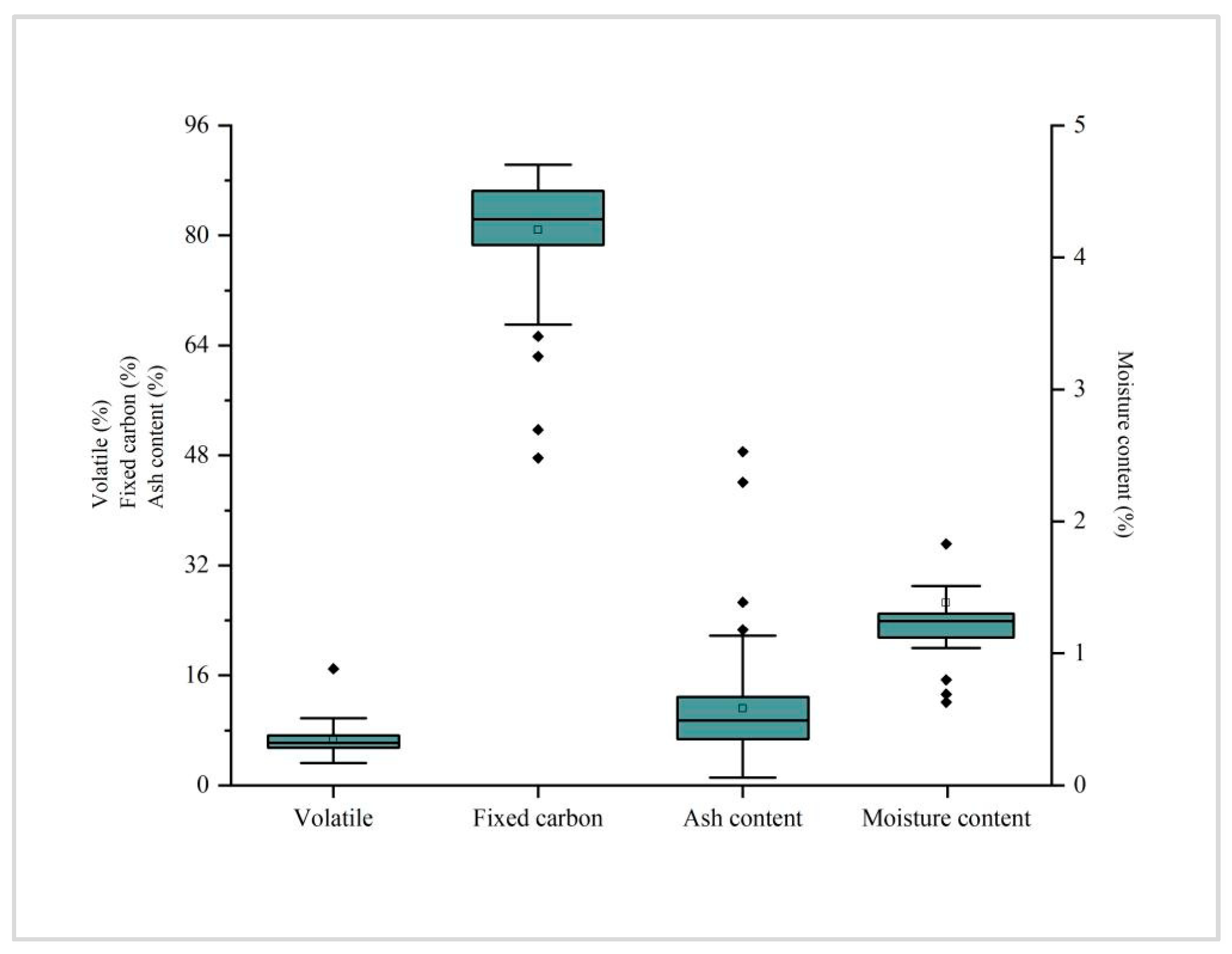
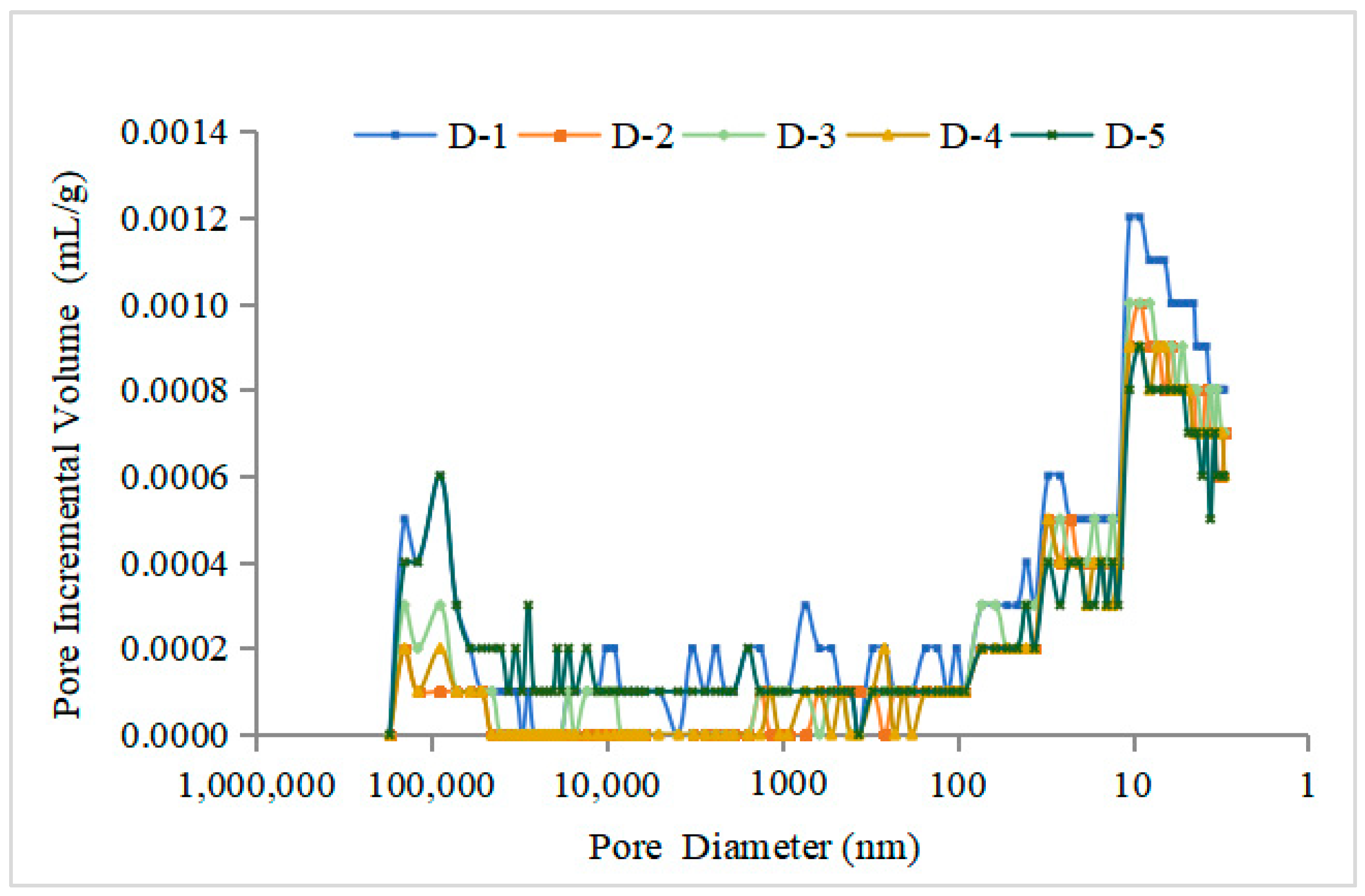
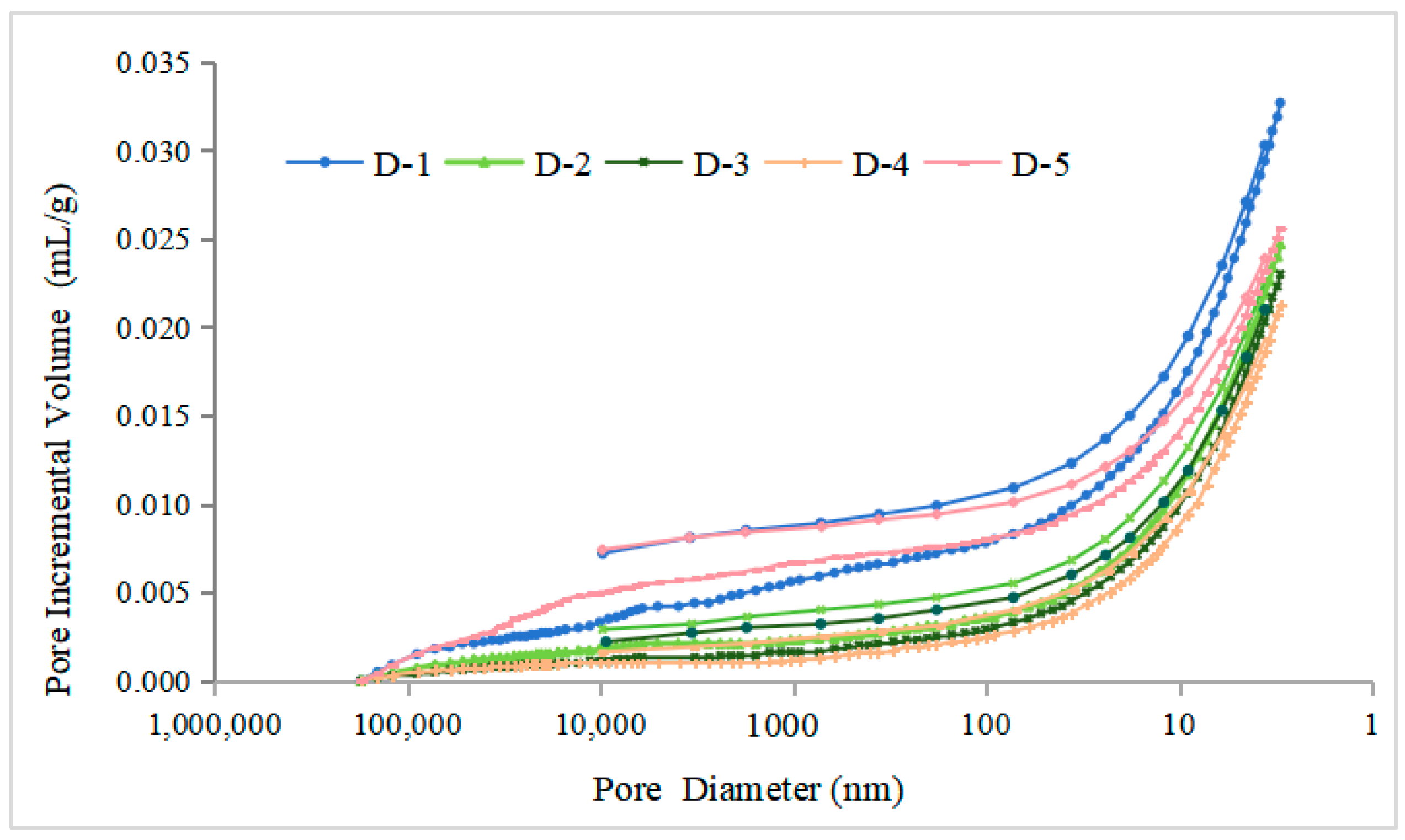


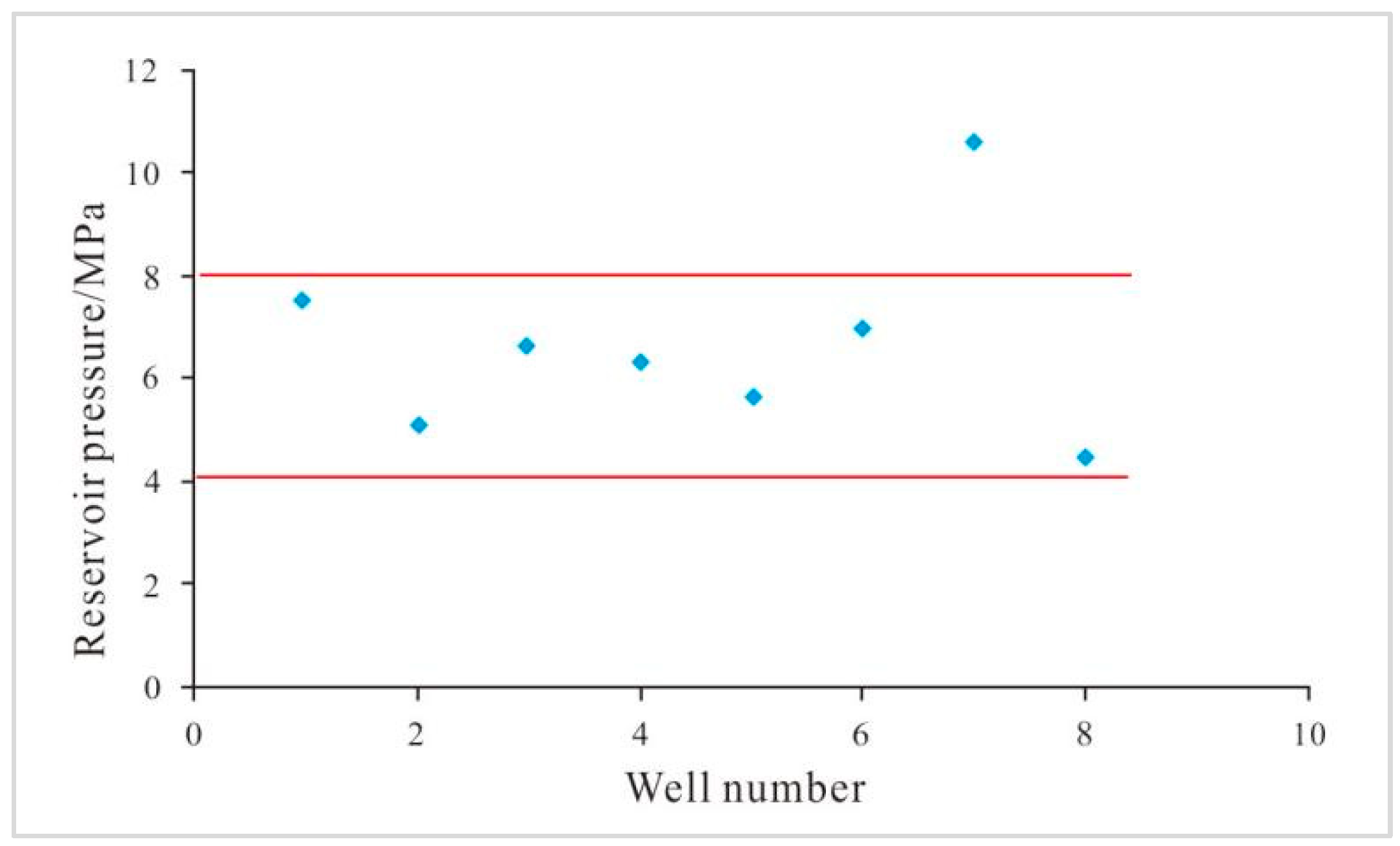


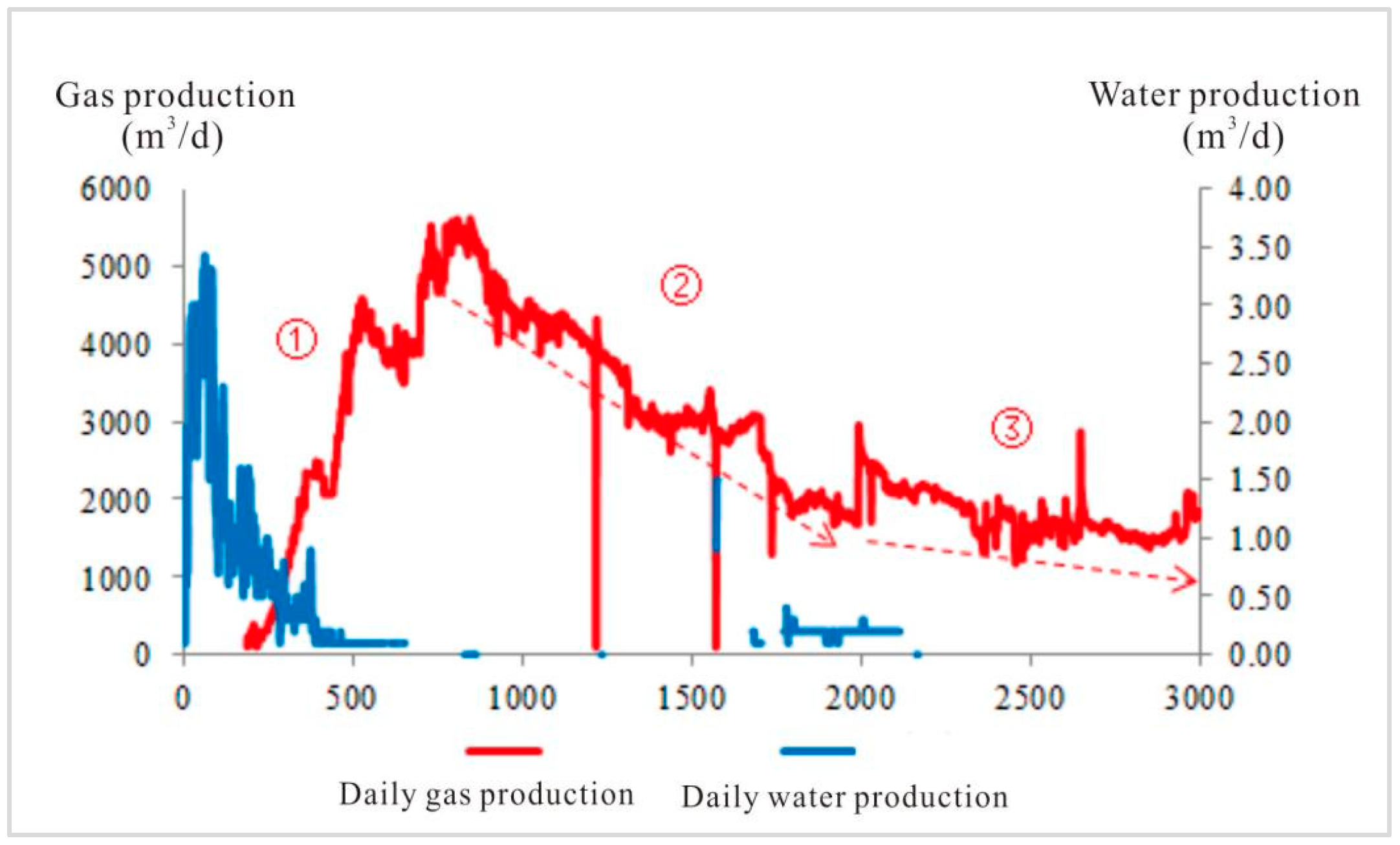

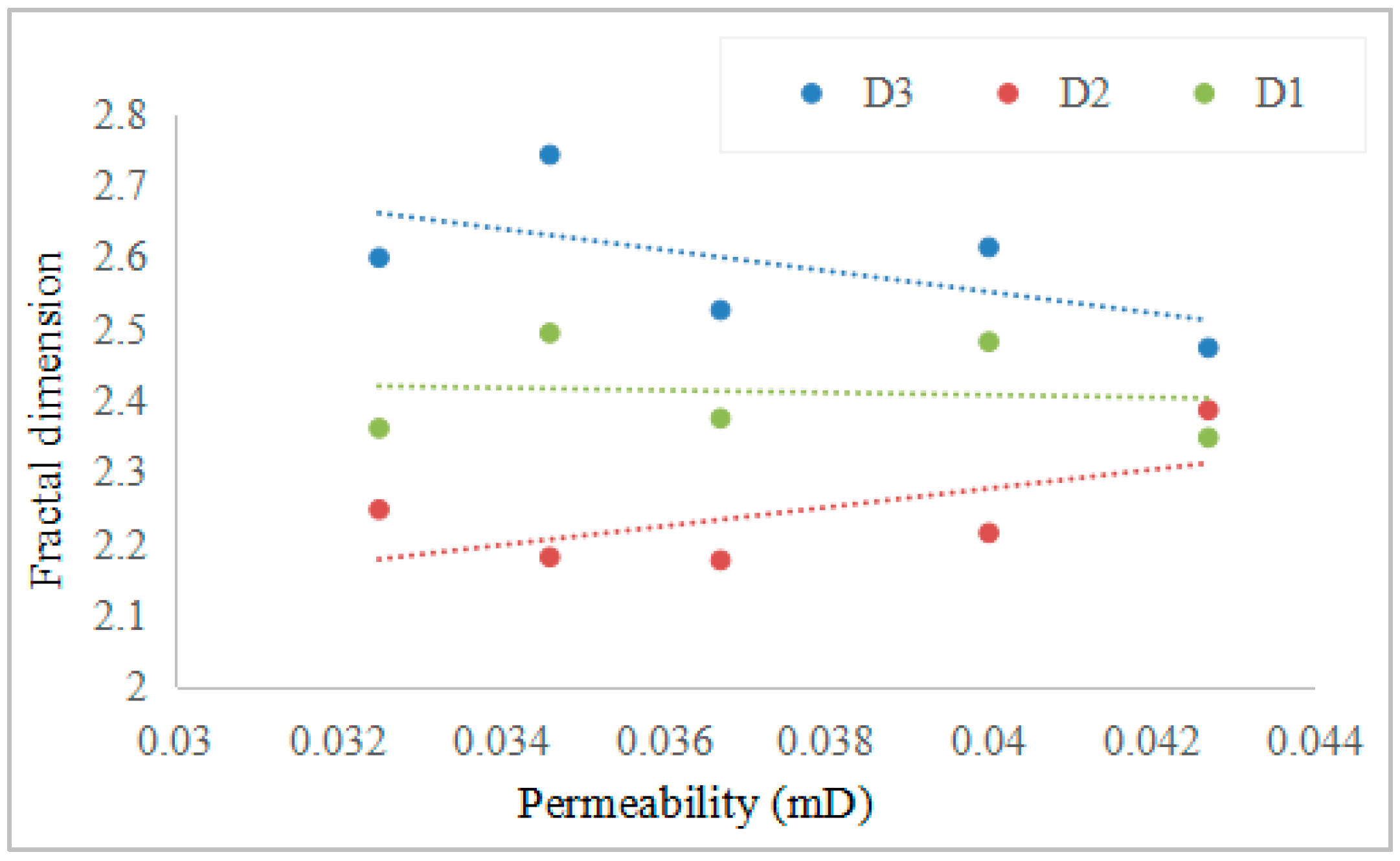

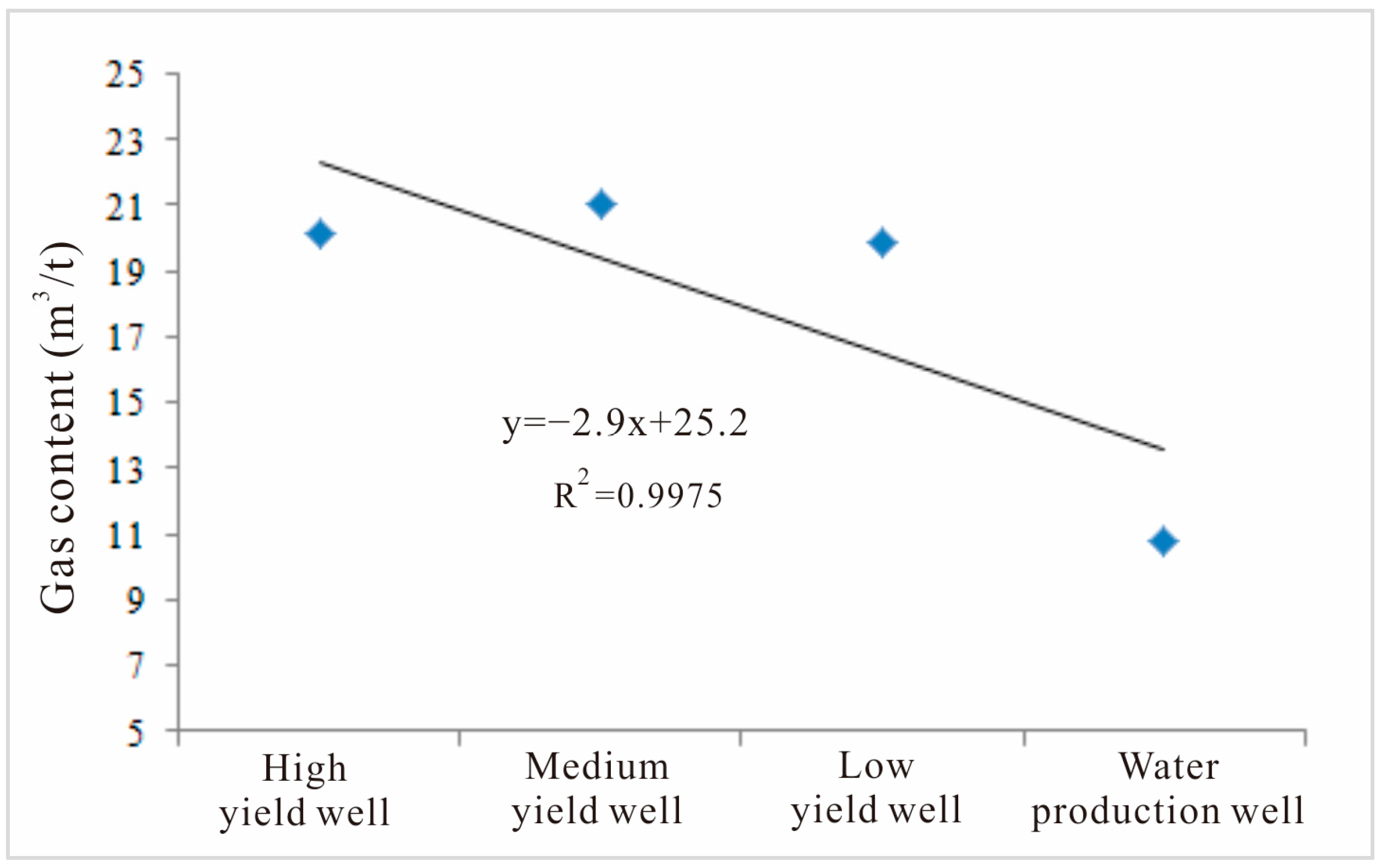
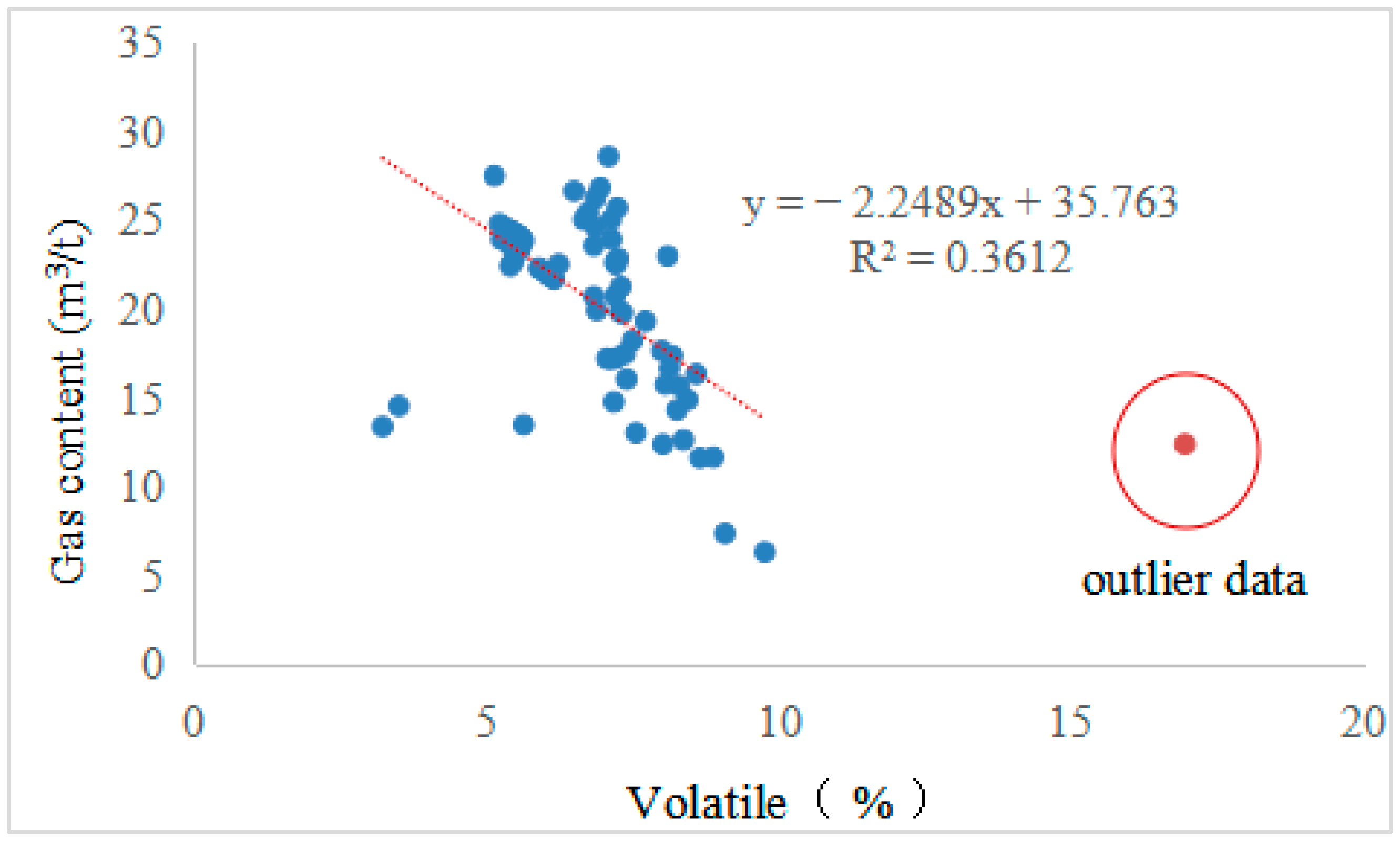






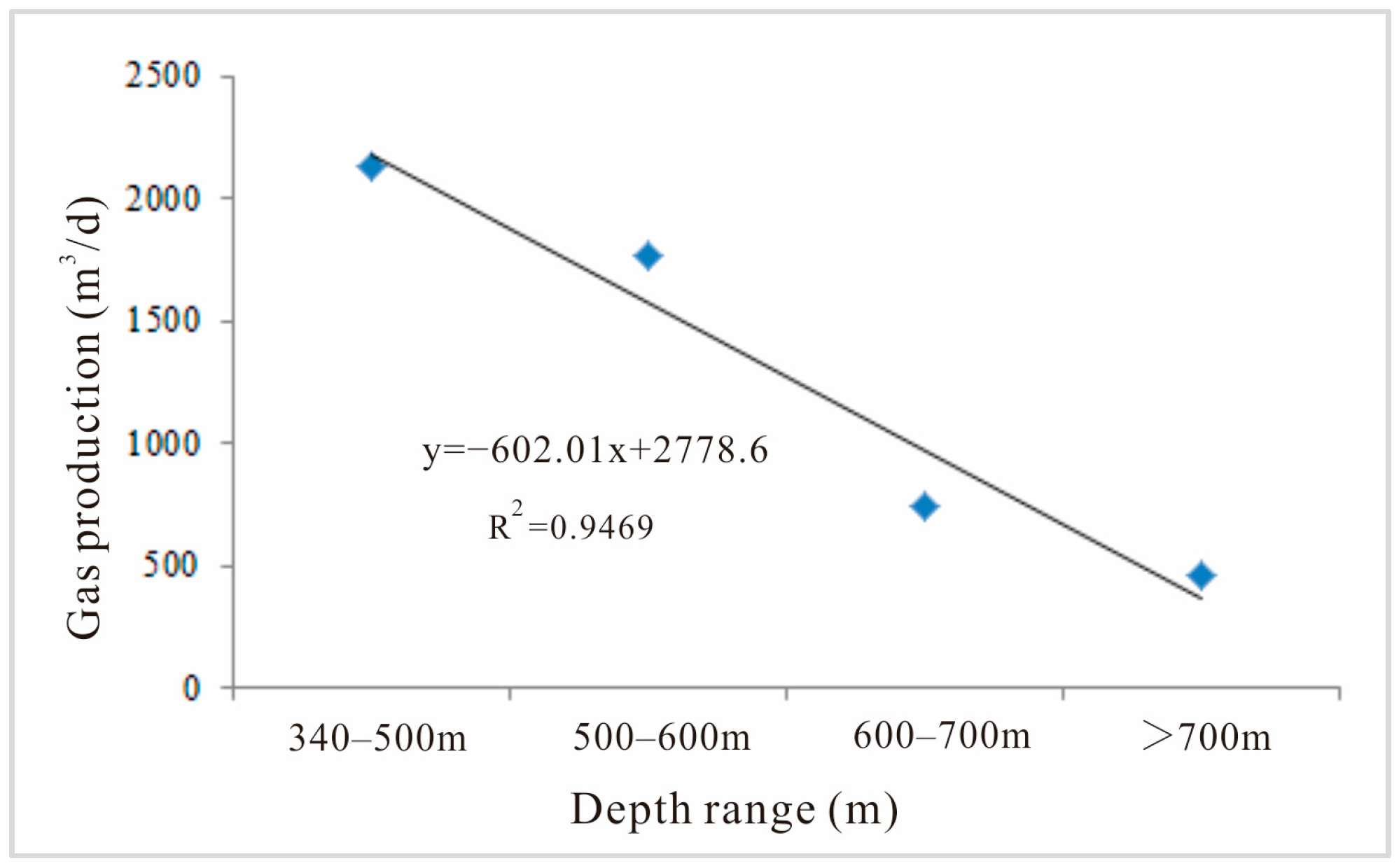
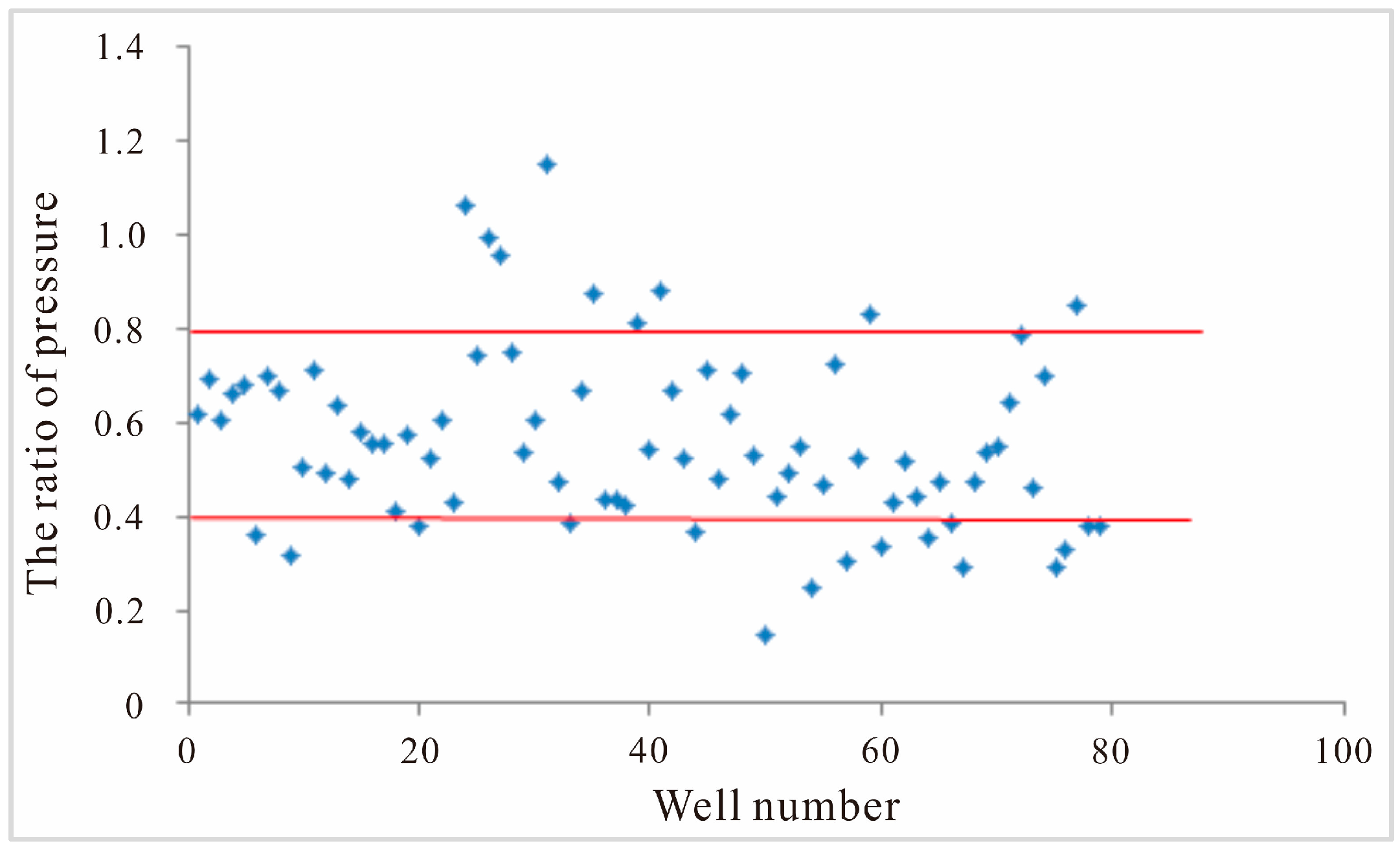

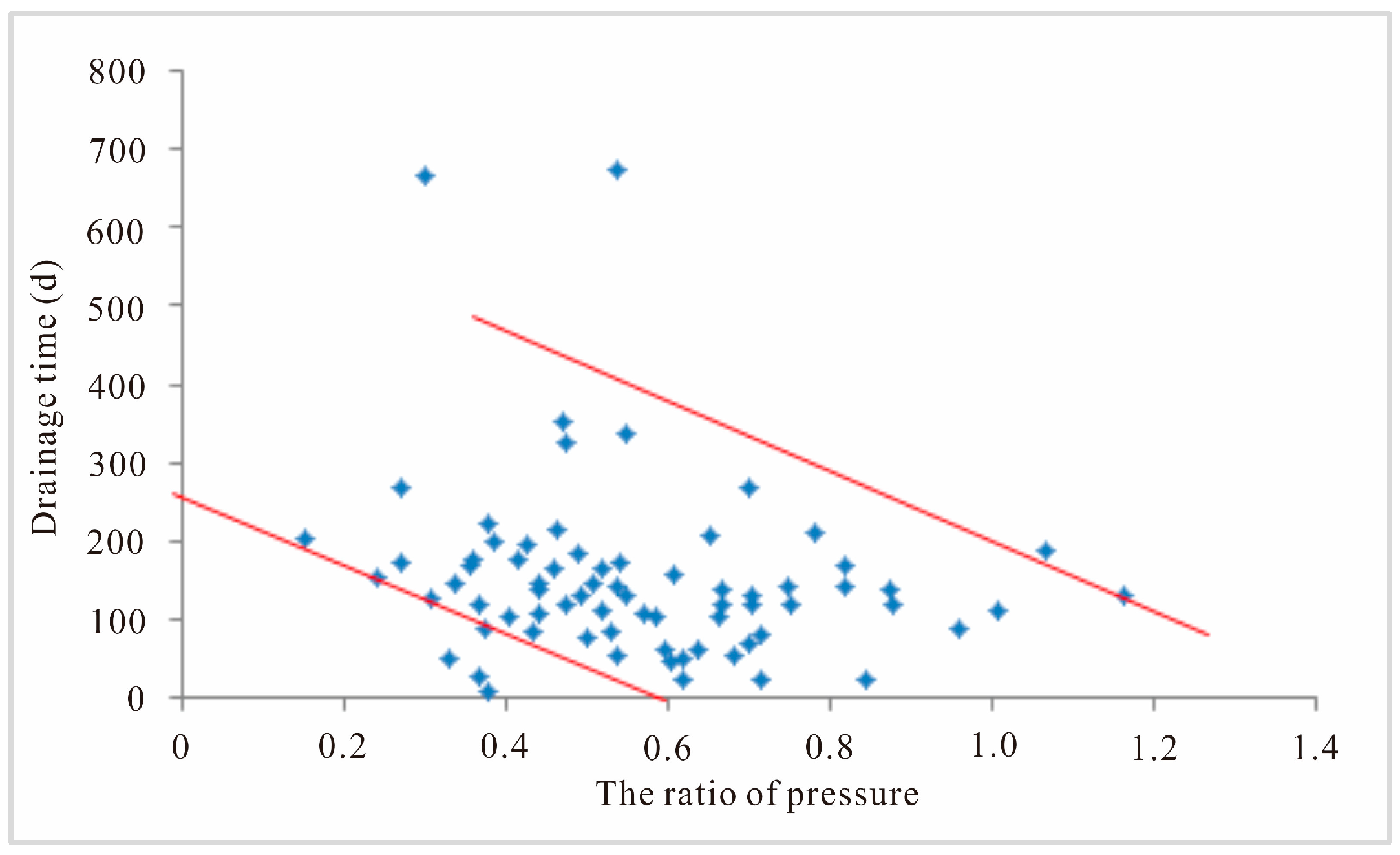
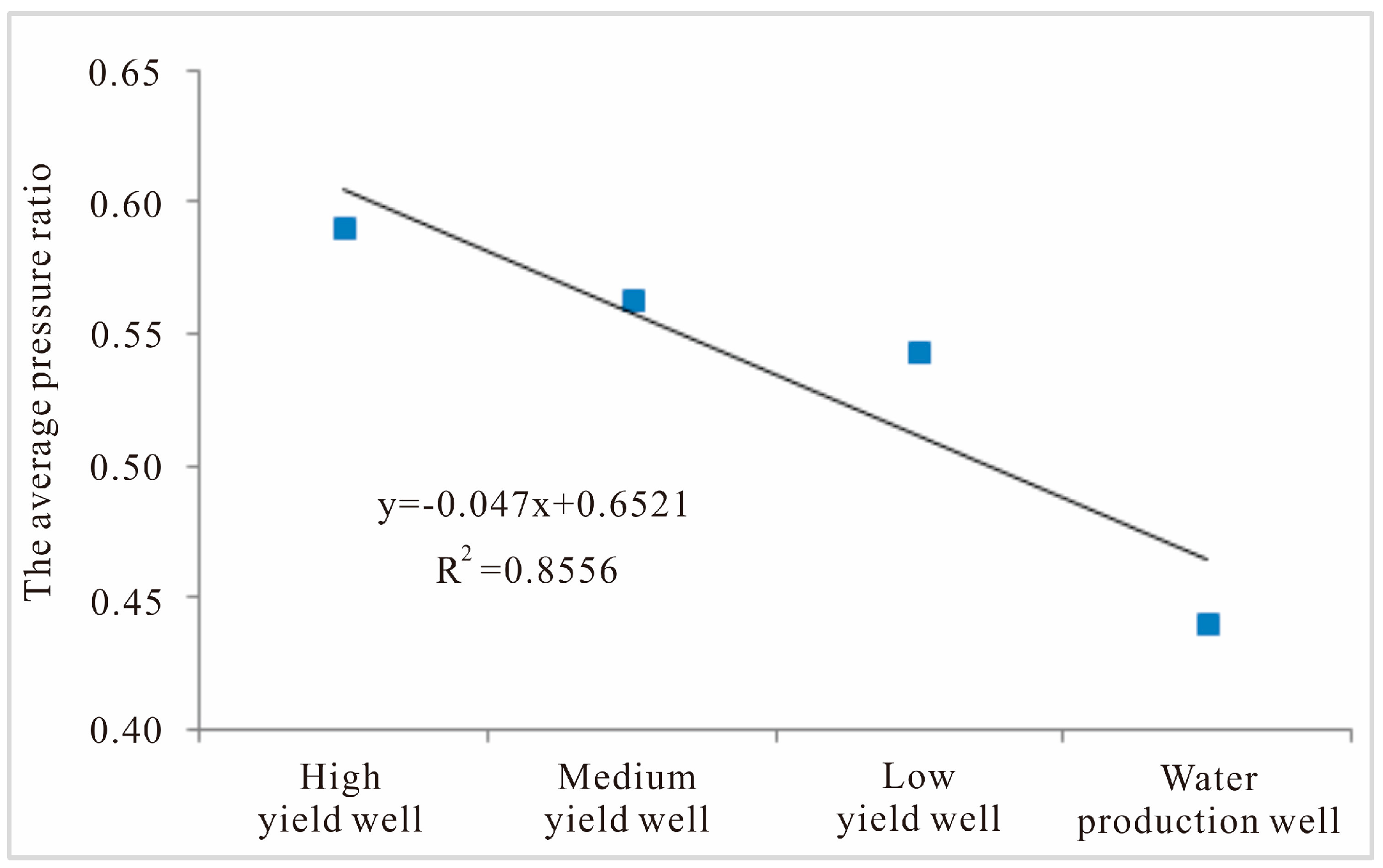

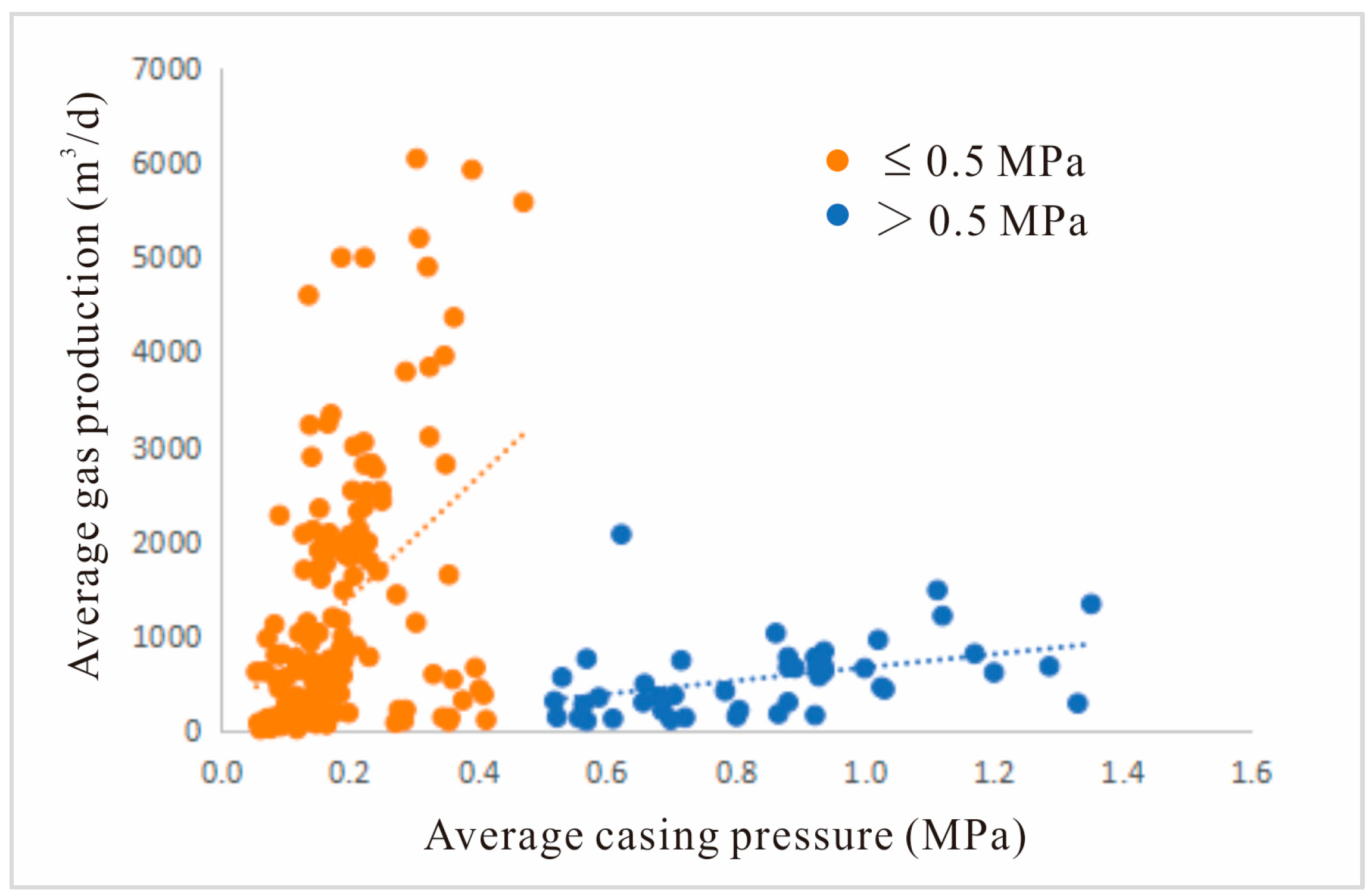
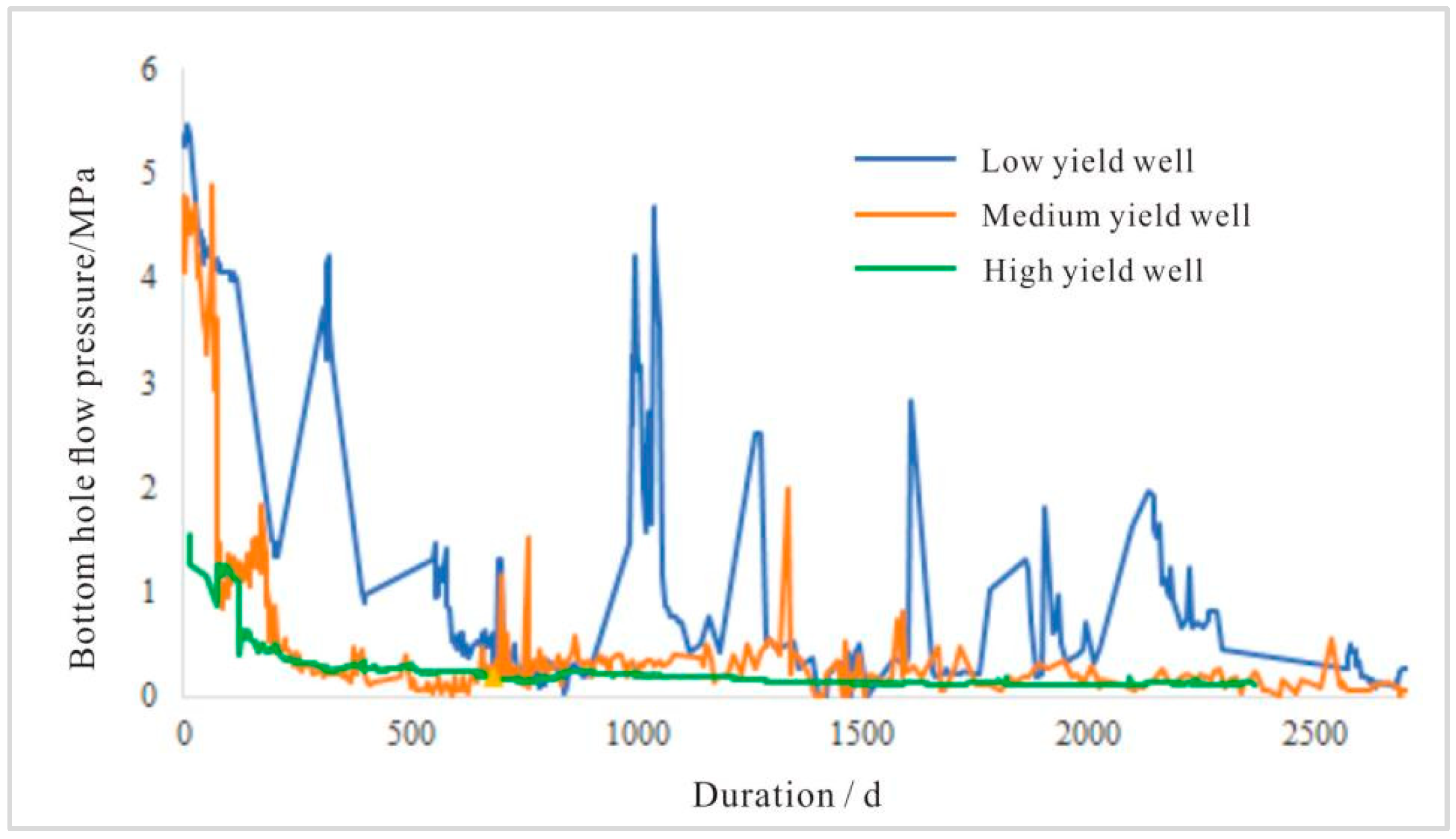

| Coal Seam | Ash Content (%) | Moisture Content (%) | Fixed Carbon (%) | Volatile (%) | ||||||||
|---|---|---|---|---|---|---|---|---|---|---|---|---|
| Min | Max | Ave | Min | Max | Ave | Min | Max | Ave | Min | Max | Ave | |
| 3# | 1.12 | 48.53 | 11.19 | 0.63 | 13.78 | 1.38 | 47.61 | 90.30 | 80.79 | 3.23 | 16.94 | 6.58 |
| Porosity (%) | Minimum Value | Maximum Value | Average Value | ||
|---|---|---|---|---|---|
| 1.3 | 6.3 | 3.8 | |||
| Types | Extra large hole | Macropore | Mesopore | Transition pores | Micropore |
| Aperture (nm) | >10,000 | 10,000–1000 | 1000–100 | 100–10 | 10–3 |
| Volume (ml/g) | 0.0041 | 0.0013 | 0.0015 | 0.0107 | 0.0244 |
| Proportion (%) | 9.7619 | 3.0952 | 3.5714 | 25.4762 | 58.0952 |
| Specific surface area (m2/g) | 0.0000 | 0.0020 | 0.0280 | 2.2780 | 18.8410 |
| Proportion(%) | 0.0000 | 0.0095 | 0.1324 | 10.7712 | 89.0870 |
| Parameter | Numerical Value | Unit |
|---|---|---|
| drainage speed | 8 | q/(m3/d) |
| coal seam thickness | 6 | h/m |
| initial permeability | 0.03 | k/mD |
| system compressibility | 0.0013 | C1/MPa−1 |
| initial porosity | 0.04 | φ |
| fluid viscosity | 1.1 | μ/(mPa·s) |
| critical desorption pressure | 4 | Pc/MPa |
| Capacity Classification | Average Daily Gas Production (m3/d) | Average Daily Water Production (m3/d) | d1000 | d1000/dt |
|---|---|---|---|---|
| High-yield well | ≥1000 | <1.5 | >100 | >0.5 |
| Medium-yield well | 500~1000 | <5 | >50 | — |
| Low-yield well | 100~500 | — | <50 | — |
| Water-production well | <100 | >1 | 0 | 0 |
| Parameter | Value | |
|---|---|---|
| Reservoir pressure/MPa | 3.36 | |
| Critical desorption pressure/MPa | 2.53 | |
| Langmuir pressure/MPa | 3.17 | |
| Langmuir volume/m3·t−1 | 44.27 | |
| Porosity/f | 0.02 | |
| Absolute penetration/×10−3 μm2 | kx | 3.4 |
| ky | 1.7 | |
| kz | 0 | |
| Compression coefficient/MPa−1 | 0.062 | |
| Skin factor | −3.2 | |
| Coal density/t·m−3 | 1.375 | |
Disclaimer/Publisher’s Note: The statements, opinions and data contained in all publications are solely those of the individual author(s) and contributor(s) and not of MDPI and/or the editor(s). MDPI and/or the editor(s) disclaim responsibility for any injury to people or property resulting from any ideas, methods, instructions or products referred to in the content. |
© 2024 by the authors. Licensee MDPI, Basel, Switzerland. This article is an open access article distributed under the terms and conditions of the Creative Commons Attribution (CC BY) license (https://creativecommons.org/licenses/by/4.0/).
Share and Cite
Liu, G.; Tang, R.; Mu, C.; Liu, X.; Zhang, J. Physical Properties of High-Rank Coal Reservoirs and the Impact on Coalbed Methane Production. Processes 2024, 12, 1754. https://doi.org/10.3390/pr12081754
Liu G, Tang R, Mu C, Liu X, Zhang J. Physical Properties of High-Rank Coal Reservoirs and the Impact on Coalbed Methane Production. Processes. 2024; 12(8):1754. https://doi.org/10.3390/pr12081754
Chicago/Turabian StyleLiu, Gang, Runchi Tang, Chi Mu, Xing Liu, and Junjian Zhang. 2024. "Physical Properties of High-Rank Coal Reservoirs and the Impact on Coalbed Methane Production" Processes 12, no. 8: 1754. https://doi.org/10.3390/pr12081754






